European Marine Observation and Data Network


Content
The EMODnet Geology Portal provides access to data and metadata held by individual organisations according to the standards developed in the Geo-Seas project, as well as 1:250 000 scale data products developed according to the standards of the ur-EMODnet - Geology Project (early phase of the EMODnet project).
The data and maps contain information on the seabed substrates, including the sedimentation rate of recent sediments, the sea-floor geology (bedrock and quaternary sediments), and any boundaries and generalisations that may result in a 1 : 250,000 scale compilation map with information on the lithology and age of each geological unit on the seabed. The data also includes geological events and probability of occurrence as well as mineral deposits. We will collect information on the type of coastline, which can be complemented by information on coastal erosion or sedimentation and its rate. All interpretation products will be based on the primary information provided by the project partners and will be supplemented by other information available for public use. Where up-to-date geological information is available on third party websites, arrangements will be made for online services to provide this information on the EMODnet Geology Portal.
Specific project objectives:
- Produce and provide access to the information required to produce 1:250,000 scale base maps of the seabed (improving where possible the current resolution of data), seabed accumulation and/or sedimentation rates, geological boundaries and faults, geological events and the probability of occurrence of these events, and mineral deposits. For the coast, information is provided on sedimentation and erosion rates and coastal typology. The standards developed in the ur-EMODnet-geology project are used for the data products (maps).
- All available information on the seabed at a scale of 1:250 000 should be collected and harmonised.
- Data on the seabed substrate and all available information on accumulation and sedimentation rates on the seabed should be made available.
- Compile and coordinate all available geological information on the sea-floor (bedrock and quaternary sediments) at a scale of 1:250,000 for the classification of coastal behaviour and typology of each country represented in the project partnership. A system will be used to classify coastal types, erosion and sedimentation zones in the coastal zone of each participating country, which will be represented on the map.
- Identify and map the locations of all significant geological events and, where possible, provide information on the probability of their occurrence. Information includes areas of submarine landslides, earthquakes and volcanic centres located in submarine areas.
- Identify and map mineral resources (including aggregates, oil, gas and metallic minerals) in each of the participating countries based on information available to the project partners, including publicly available information (published scientific papers, etc.).
